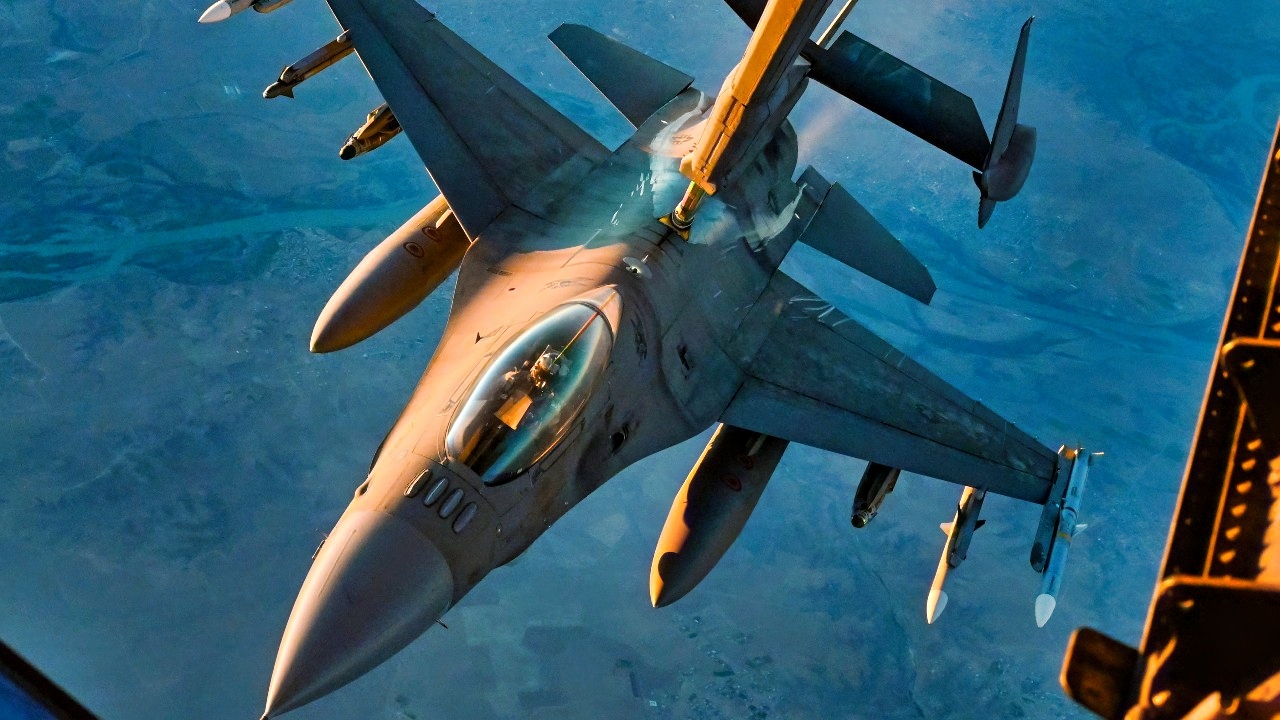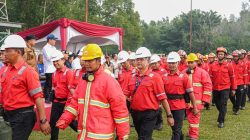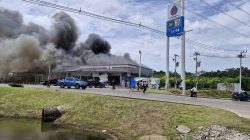NATO Scrambles Fighters Amid Escalating Russian Attacks Near Poland
For the second time in three days, NATO has scrambled fighter jets in response to a massive Russian aerial assault on western Ukraine, bringing the conflict dangerously close to the Polish border. This attack involved 450 drones and 24 missiles, with Russian strategic bombers launching weapons at cities such as L’viv and Ivano-Frankivsk. The scale and proximity of the bombardment have raised alarms within NATO, particularly due to the use of nuclear-capable bombers.
This escalation is seen as a dangerous provocation that increases the risk of a miscalculation that could trigger an Article 5 response from the alliance. Article 5 states that an armed attack against one or more members is to be considered an attack against all, which would require collective defense actions.
Russia’s Strikes Near Poland Trigger High Alert
The fear among military planners in the U.S. and European capitals is that a mistake or miscalculation could lead to a violation of Article 5 by Russia against an alliance member. This concern has grown due to the actions of the Russian Aerospace Forces (VKS) on the night of Sunday, July 20. Combat actions by Russia’s drone and missile units, along with VKS bomber aircraft, have alarmed the Polish Air Force and other allied air forces, leading to another fighter scramble alert in just three days.
According to reports from Warsaw, the Operational Command of the Polish Armed Forces stated that they scrambled fighter jets due to the intensity of the Russian attack. The Armed Forces Command Authority announced that Polish and allied NATO air forces had commenced operations, with ground-based air defense and radar systems reaching the highest level of alert.
Civilian Impact and Military Targets
Residents of Kyiv described hearing explosions throughout the night as air defense units engaged in intercepting the Russian attack. The air raid signal was activated at 2257 hours on Sunday night and remained in effect until 0700 Monday morning. One resident, who also manages a military enterprise producing parts for military vehicles, confirmed the duration of the attack.
Russia has been targeting military industrial sites in Ukraine, with the attack on the Kyiv underground Metro station at Lukianivskaya being one of the most notable. This is the fourth time the station has been struck, despite not being a direct military target. A Ukrainian defense industry executive explained that the attacks are not aimed at symbolic locations like McDonald’s but rather at nearby military facilities. However, the precision of the strikes has been questionable, often resulting in the station being hit instead.
One of the main military industrial facilities in the area was the Artem Holding Company, which produces various models of air-launched and anti-ship weapons. The building has been heavily damaged, with only the outer walls remaining.
Strikes Targeting Western Cities
In recent weeks, Russia has intensified its strikes, targeting cities far from the frontline in the west of the country, near the Polish border. In the western city of Ivano-Frankivsk, air defenses were working effectively. Mayor Ruslan Martsinkiv reported broken windows in one of the community’s villages and injuries among the civilian population. He also noted that last night’s attack was the largest since the full-scale invasion.
A former Polish military official highlighted the concern over the use of strategic bombers, such as the Tu-95MS Bear and Tu-160 Blackjack, which are nuclear-capable. These bombers are launching missiles and glide bombs, some of which targeted L’viv, the closest city to the Polish border. The frequency of these attacks has raised questions about whether they are simply targeting Ukraine or if they could escalate into a wider conflict.
The Broader Implications
The situation remains tense, with NATO on high alert. The proximity of the attacks to the Polish border, combined with the use of powerful bombers, has created a volatile environment. The potential for miscalculation is high, and any incident near the border could have serious consequences.
As the conflict continues, the international community watches closely, aware of the risks associated with the escalating tensions between Russia and NATO. The situation underscores the importance of maintaining clear communication and de-escalation measures to prevent further escalation.







